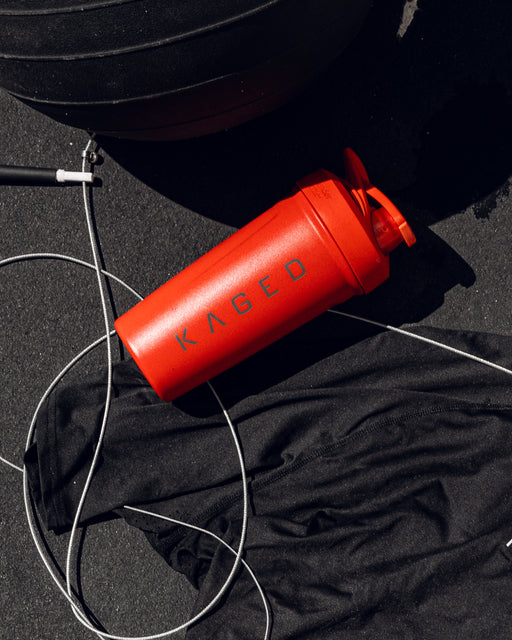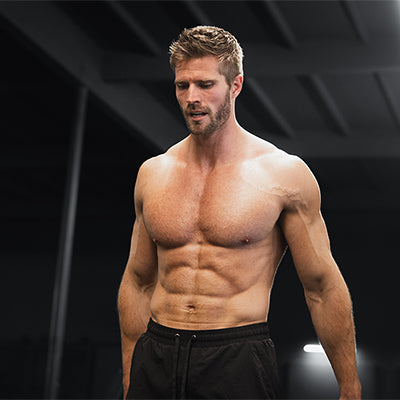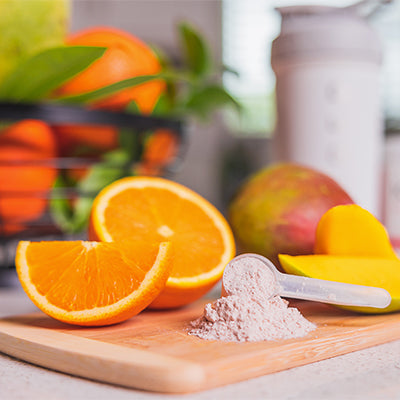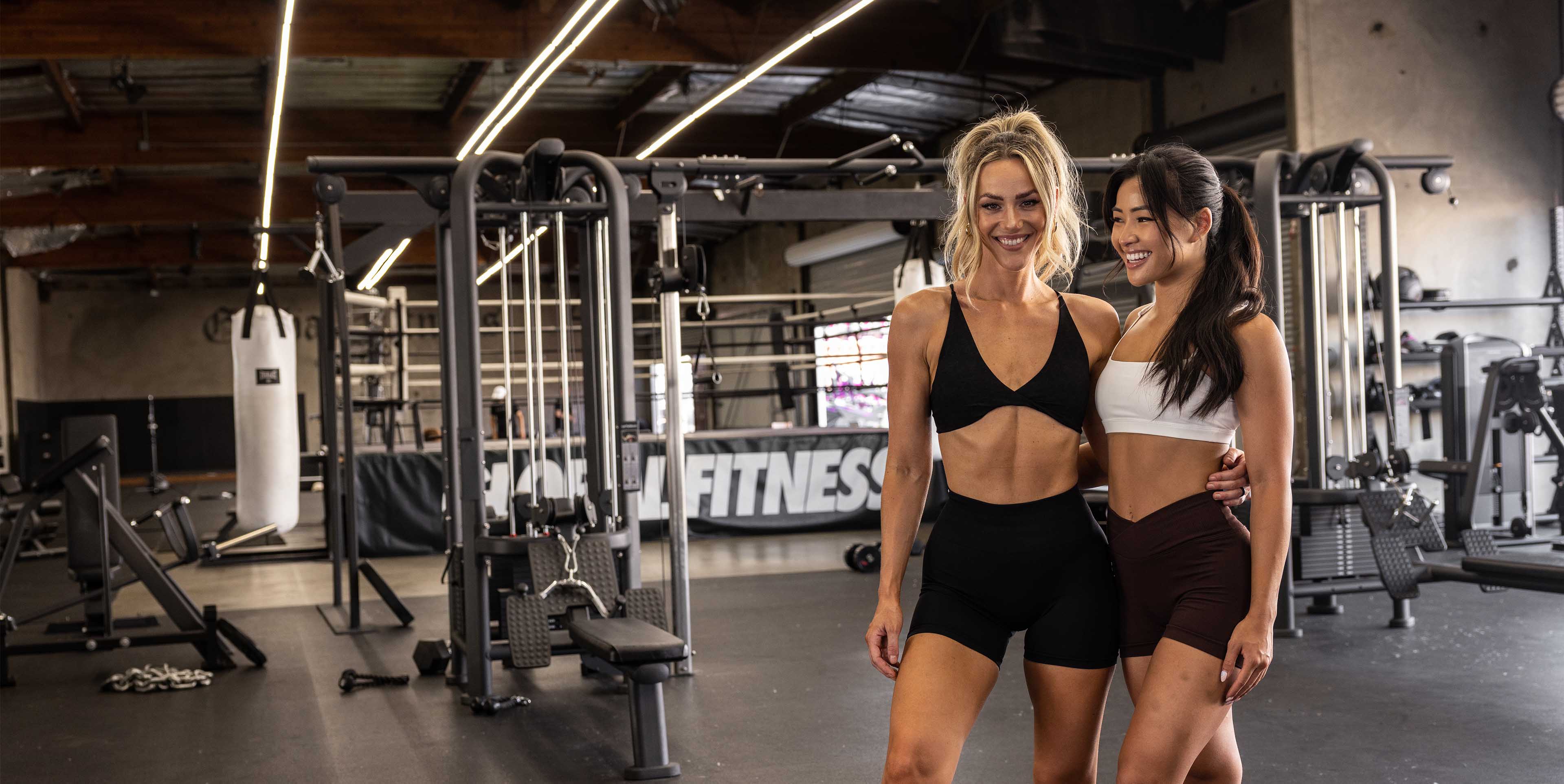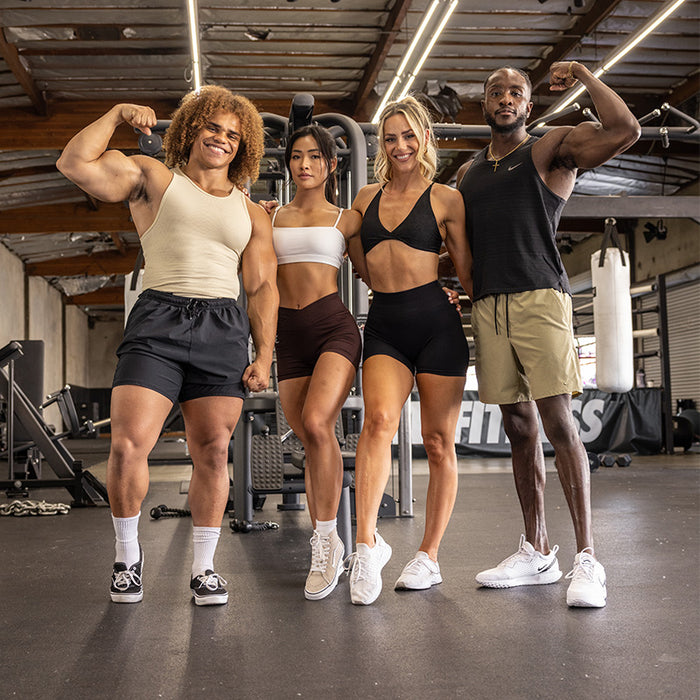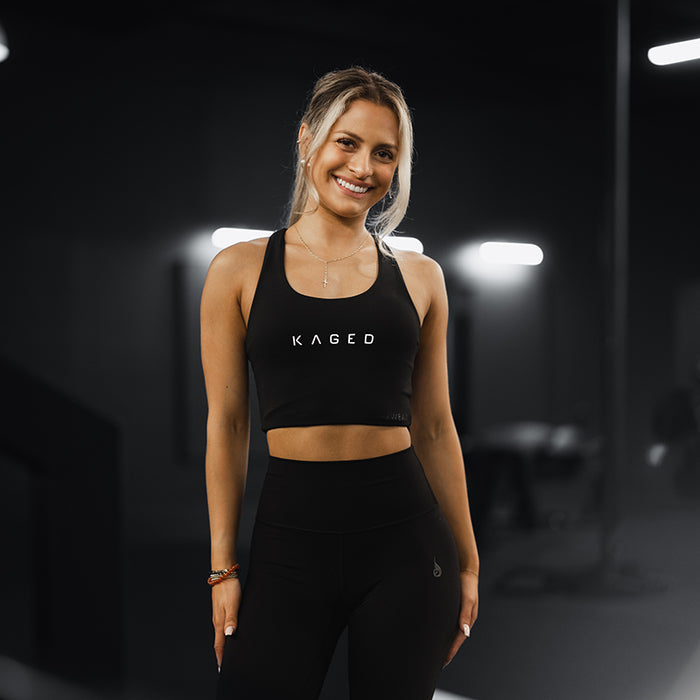Break through plateaus in your shoulders development
SHOULDER YOUR BURDEN
The purpose of this 12-week series is to target your shoulders to bring them up if they’re a weakness in your physique. Sometimes this is a genetic/structural issue, and the best way to address it is by increase mass and definition in your shoulder caps. To do that we’ll focus on all three heads of your delts (front, middle and rear).
Each week, the workouts will get more challenging, but I want you to put all of your effort into every shoulders workout. If you need to adjust your training volume, then do so with other body parts rather than with shoulders.
For this 12-week training series, you’ll follow your regular workout program, reorganizing it to prioritize development of your shoulders. You’ll begin your training week with shoulders, followed by chest for a couple exercises on the same day. Then you’ll train chest and triceps together later in the week but at least 3 days before and after you train shoulders.
The shoulder joint is very complicated since it is involved in many different types of movement, and all the other major upper body muscle groups — back, chest, biceps, triceps — are involved in movement related to shoulders. For our purposes, though, we’ll focus on the three muscles that form the delts caps.
Here’s more about how the muscles of your shoulders work. This, along with the anatomy chart, will help you better address the specific weaknesses in your shoulders.
FRONT DELTS
These muscles lie along the sides of your pecs at the front side of your shoulders. Greater development in your front delts helps bring out definition between your chest and shoulders for a more complete appearance from the front. Front delts respond well to isolation moves where you raise the weight in front of you with straight arms.
MIDDLE DELTS
The middle delts lie along the outer portion of your upper shoulders, and working them increases the mass and detail. This also increases the overall size and appearance of your delts caps. To isolate your middle delts, perform moves where you raise a weight out to the side with a relatively straight arm. Middle delts also respond to compound exercises where you bend your elbows and press weights.
REAR (ANTERIOR) DELTS
These small muscles at the back of your shoulders are much harder to develop than the other shoulder muscles. You can’t see them without a mirror, and many people have a poor mind-muscle connection with rear delts. Still, it’s important to develop this muscle that ties your shoulders into your back, providing overall thickness and detail in this crucial (but often overlooked) part of your physique. My program offers several moves and strategies to bring up rear delts.
FUEL YOUR SHOULDERS GROWTH
In addition to beginning your week with shoulders training, you should increase your calorie consumption by about 200-500 calories on and around the day when you train your shoulders. Get in these extra calories in the 24-hour period that begins with the last meal of the day before, continuing through your morning and through your meal after your workout.
Here’s an example of what you should add to your Sunday night late-night meal and your consumption throughout your Monday shoulders-training day.
Late-night meal
Add one scoop of Kasein™ to the one you always take, and a piece of fruit such as plum, apple or peach. Or you can add an ounce or two of nuts such as almonds. This will add a total of about 200 calories.
Breakfast:
Eat one slice of whole-grain bread. That adds about 100 calories.
Lunch:
Get in about 2-3 ounces of brown rice. That adds about 100 calories.
Dinner
Go with a very large sweet potato rather than a medium one. That adds another 100 calories.
TRAINING SPLIT
Note that I’m “beginning” your training week with the weekend rather than ending with that. That’s because Mondays will be your “focus” day for your lagging bodypart. Since we’re targeting shoulders for this 12-week training split, you not only want your shoulders to be well rested, but you also don’t want to have trained your chest or shoulders for a few days before you work shoulders with this level of intensity. Note that I’ve set up cardio and abs on Saturday, and active rest on Sunday so that you’re well recovered to go full out with your shoulders training on Monday. Train chest or triceps afterwards if you have anything left, or else move work for these larger muscle groups to another day, 3 days after training shoulders.
| DAY
|
BODYPART
|
|
SATURDAY |
Cardio/abs |
|
SUNDAY |
Active rest |
|
MONDAY |
SHOULDERS/chest *
|
|
TUESDAY |
Legs |
|
WEDNESDAY |
Abs/cardio |
|
THURSDAY |
Chest/triceps * |
|
FRIDAY |
Back/biceps |
* Because you’re emphasizing shoulders during this 12-week video series, you’ll ease off on chest a bit on Mondays, using machines rather than dumbbells or barbells. You can also add a compound move for chest on Thursdays that also works shoulders. Good choices include dumbbell or barbell presses—flat or inclined. Keep your chest training to no more than about 6-8 sets on both days where you train chest. Triceps training on Thursdays should also be moderate so you’re fully recovered for your shoulders workout on the following Monday.







